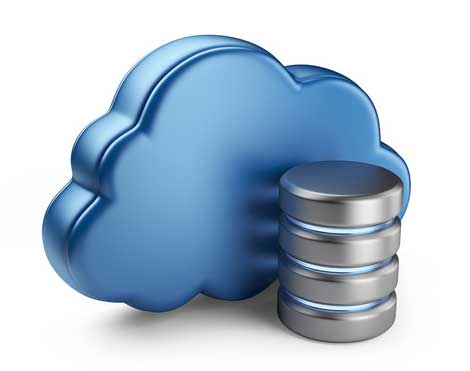Oracle Beefs Up Its NoSQL Database OfferingOracle Beefs Up Its NoSQL Database Offering
Introducing the latest version of its distributed key-value database, Oracle (ORCL) announced Oracle NoSQL Database 3.0.
April 3, 2014

Introducing the latest version of its distributed key-value database, Oracle (ORCL) announced Oracle NoSQL Database 3.0. With this latest release, Oracle offers developers an enhanced NoSQL solution for building high performance, next generation applications. The combination of security, availability, scalability, and data model flexibility delivers a comprehensive high performance NoSQL solution for application developers.
Enhancements in version 3.0 include increased security, with OS-independent, cluster-wide password-based user authentication and Oracle Wallet integration enabling greater protection from unauthorized access to sensitive data. It also supports tabular data models for simplifying application design and enabling seamless integration with familiar SQL-based applications. Data center performance enhancements include automatic failover to metro-area secondary data centers and secondary server zones. Oracle NoSQL Database 3.0 Enterprise Edition and Oracle NoSQL Database 3.0 Community Edition are now available for download.
"As the leading provider of data management solutions, Oracle is committed to providing customers with the most comprehensive solutions to address the evolving needs of enterprise data management including NoSQL,” said Andrew Mendelsohn, Executive Vice President, Database Server Technologies, Oracle. “Oracle NoSQL 3.0 helps organizations fill the gap in skills, security and performance by delivering the industry’s best enterprise-class NoSQL database that empowers database developers and DBAs to easily, intuitively and securely build and deploy next-generation applications with confidence.”
Oracle also recently reached a development milestone with the release of MySQL 5.7, along with other MySQL product releases of MySQL Fabric, MySQL Workbench 6.1 and early access to features under development such as Geographic Information Systems and multi-source replication improvements.
Oracle recently swapped places with IBM, moving up a spot as the second largest software company in the world according to Gartner rankings.
About the Author
You May Also Like







